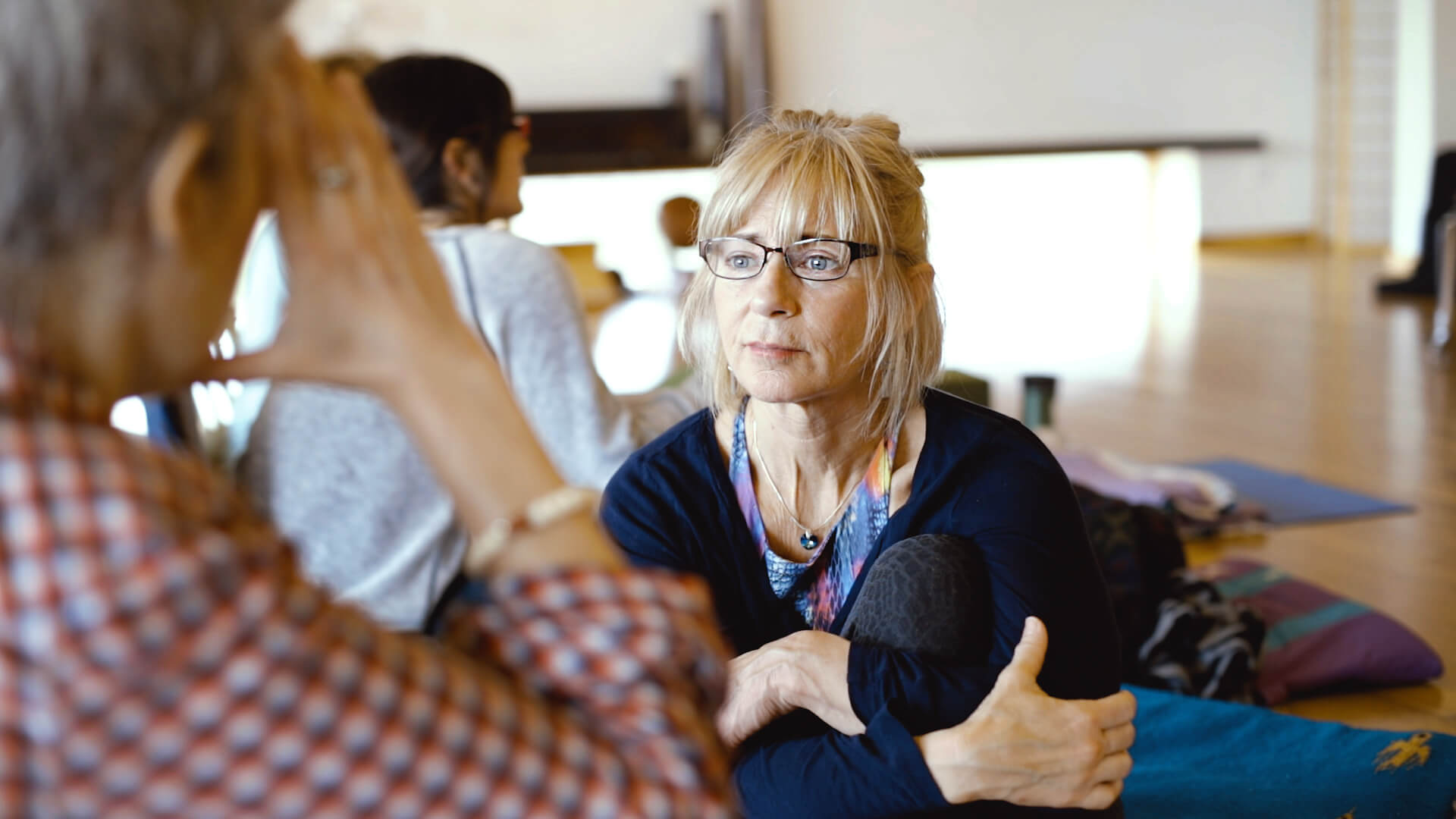The interest in yoga therapy as a model for healing is rising. It seems that every week I come across a mention in the media about yoga for back pain, or cancer survivors, or weight loss, etc.
I am personally very heartened by all the press yoga is getting. It wasn’t very long ago that when I said to someone that I worked as a yoga therapist their eyes glazed over. Now everyone seems at the least, interested in the work.
Most people are interested in how to get out of physical pain. This makes sense since
A) we all experience it and
B) it’s really difficult to focus on other things when we are not working properly on the physical plane.
Needless to say, the prevalence of asana classes make people think of the physical when they think of yoga. In general, the yoga therapy model is really great with physical discomforts because it has an integrative approach to the body. It’s easy for a yoga therapist to link hip pain to an ankle problem, simply because we don’t tend to over isolate. Almost every yoga style has some idea about a balanced approach to movement. (Although some are more successful than others.)
That said – asana is not yoga therapy. Asanas are postures that have certain effects on us depending on how they are done. The model of yoga therapy integrates physical movement with many other aspects of human experience to reduce our suffering. There are so many ways to move and so many systems of thought on this that the asanas themselves are not very relevant without the connection to the other pieces of the puzzle.
This is mainly why there is so much creativity in the yoga therapeutics world. The asanas are usually a starting place, but healing is the real intention. This is what makes a Yoga Therapist different from a Physical Therapist, for instance. Connecting movement with breath with a mental state is very different than what happens at a PT office. On the other hand, PT’s can be incredibly effective for physical complaints. In fact, most Physical Therapist’s have a very high level of knowledge of the physical body. They incorporate tools that the average Yoga Therapist doesn’t have. They can be very good at doing very specific work with injured bodies.
Why do this matter? Because if yoga therapy keeps too much in the physical it will eventually be eaten up by other systems. If we allow the emotional, energetic, and spiritual parts of yoga to be tossed aside in favor of a more “modern” approach, we run the risk of losing all that is beautiful about our system. This isn’t to say that we need not work with physical complaints, yet, to pull out the other aspects of yoga is really saying that the yoga piece is worthless. There are better ways to build muscle mass and there are a million systems of stretching in this world. What makes yoga special is the rest of it.
Every week I get to work with addiction, autoimmune disease, chronic pain, diet, lifestyle, depression and countless other conditions and situations that cause suffering. My respect for this work grows each day as I see people connect the different aspects of themselves and heal. This, of course, includes the pesky body. But I’m not sought out because I’m the only one who can deal with hip pain. My practice is busy because people have complicated multi-faceted problems to sort out, and yoga therapy is a model that allows for this.
So let’s not take the yoga out of yoga therapy. Let’s use the full range of this ancient and evolving practice to educate and facilitate healing in those who need it.
Brandt
Ready to begin your yoga therapy training program and become a Yoga Therapist?
Apply today. A new class will be starting soon!


